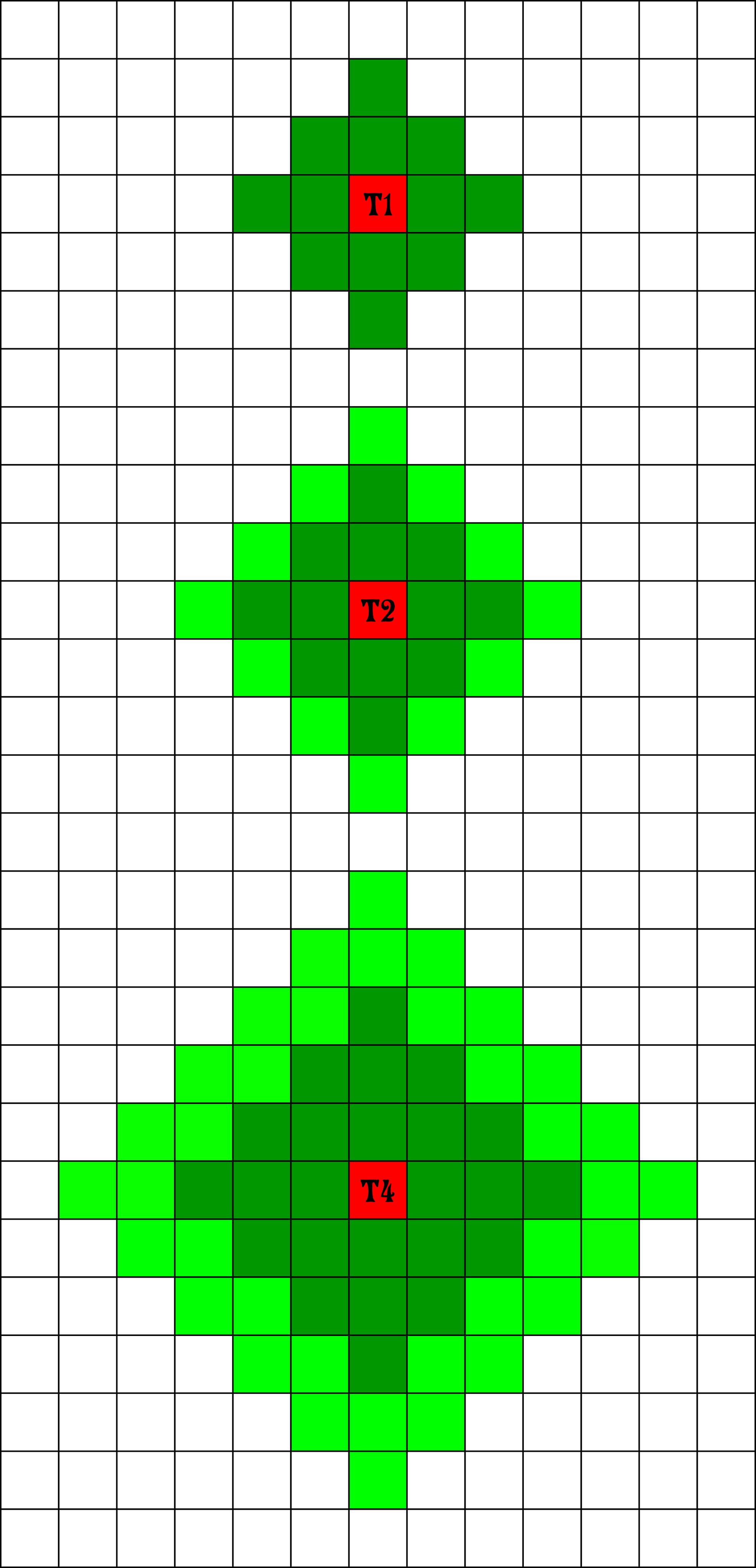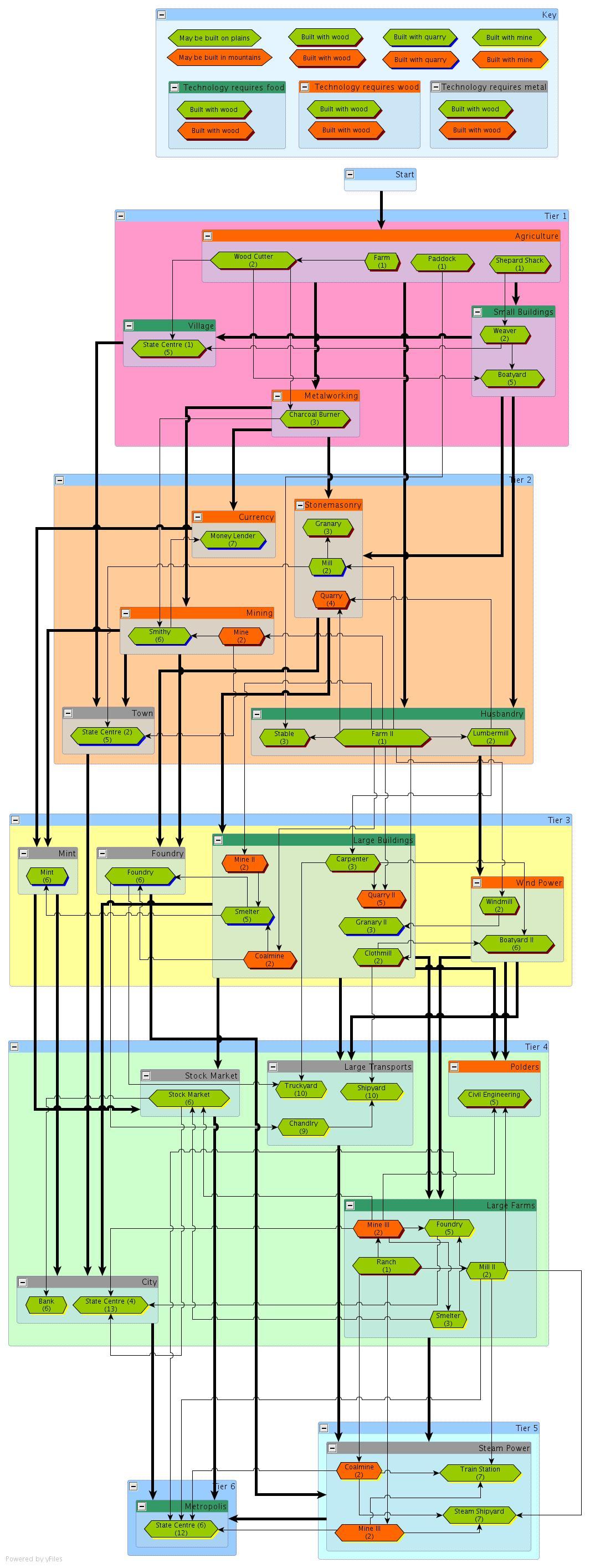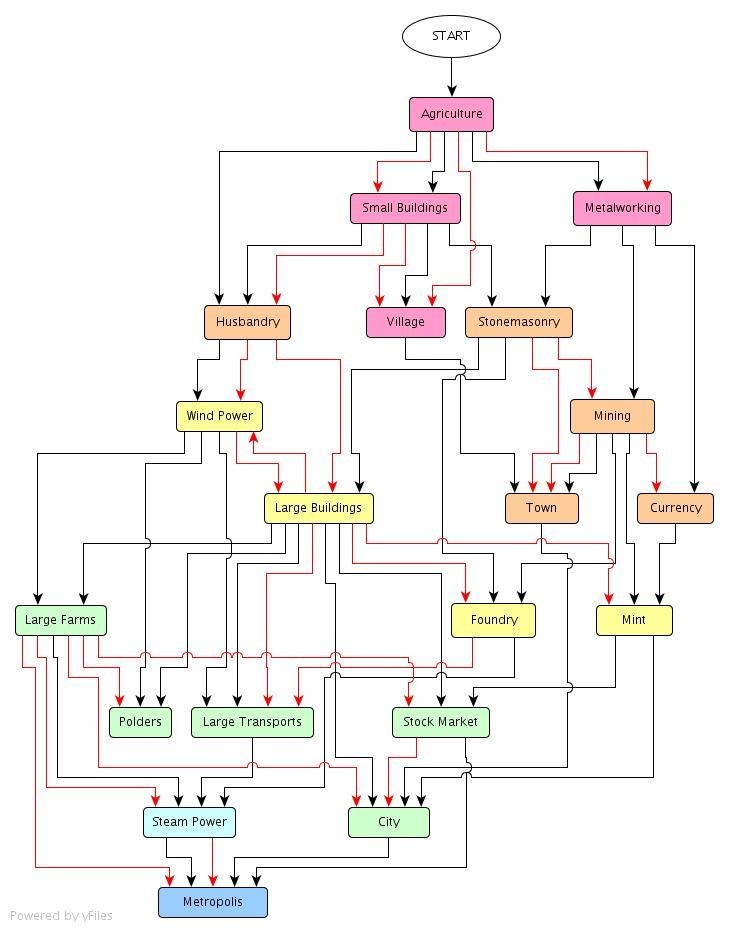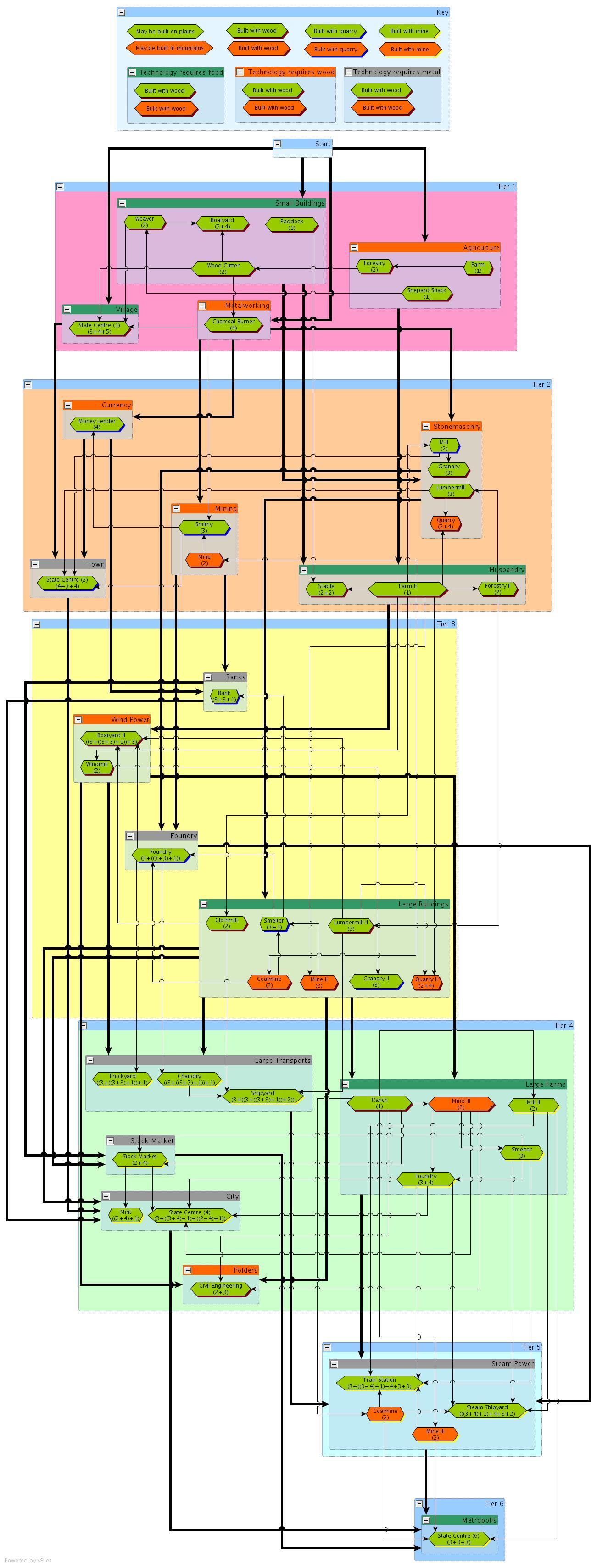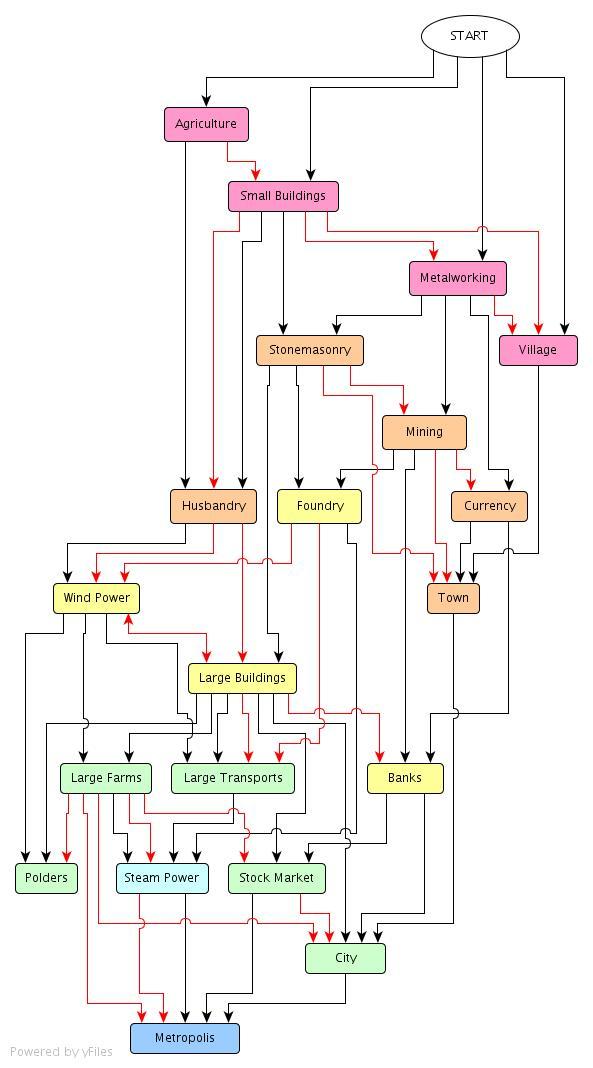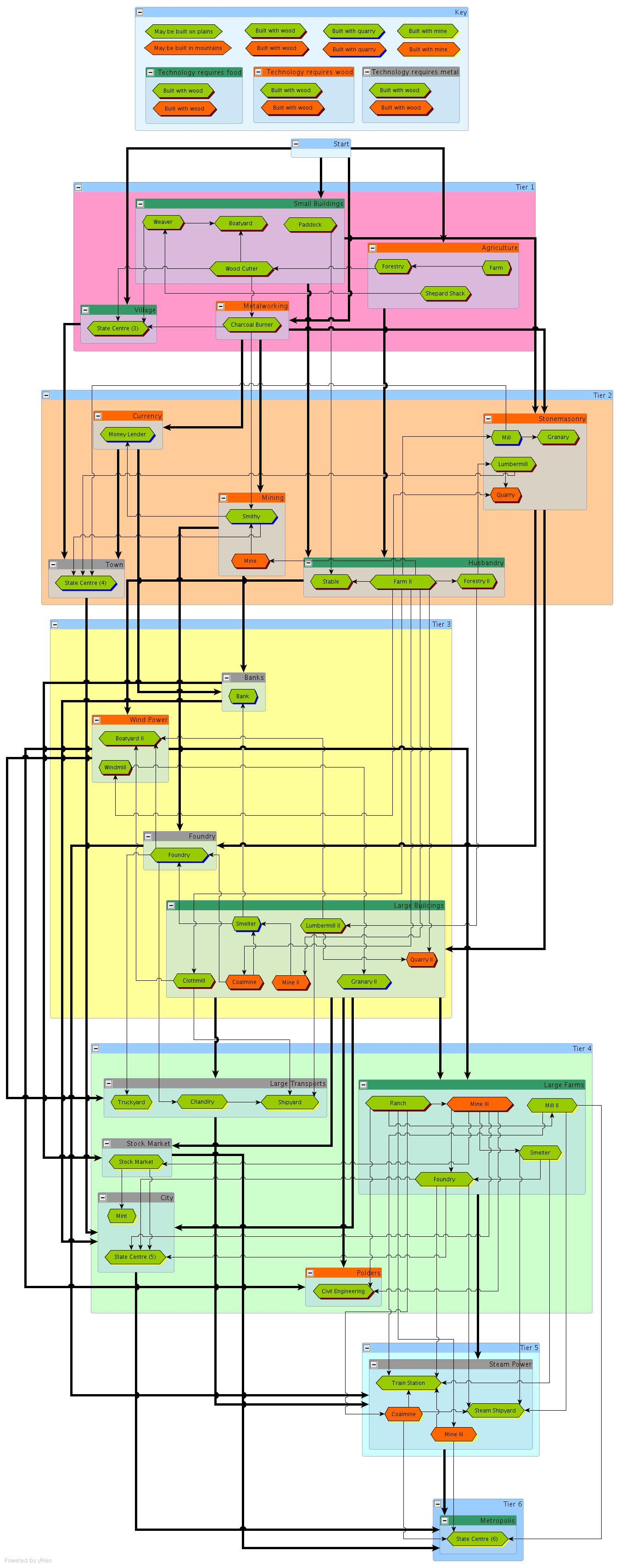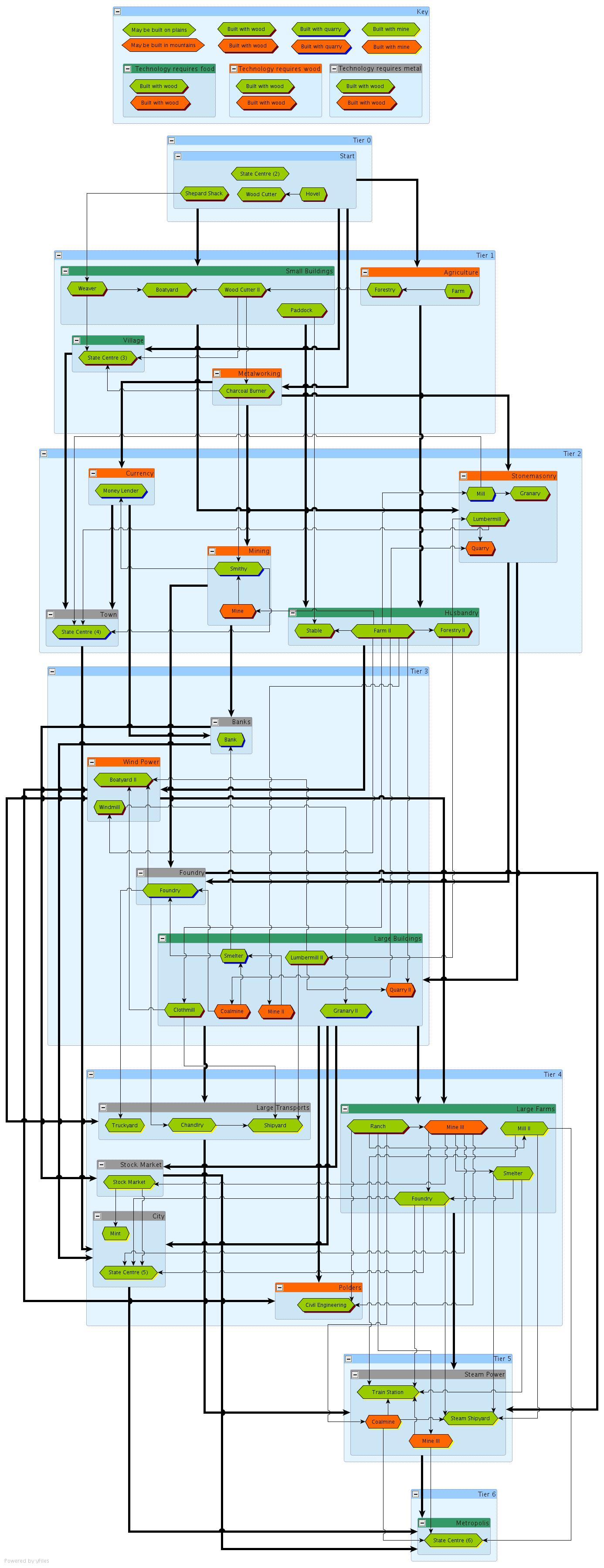Diluting focus -- watering concentration
Harry Wu’s Wabash Cannonball centres on share dilution. Each share pays an N’th fraction of the income of the parent company where N is the number of issued shares. This simple pattern, seemingly introduced in Han Heidema’s Wooden Shoes & Iron Monsters, is fascinating in the implications it provides for temporary emergent self-interested player alliances. I’d like to do something further with that idea, carrying the core notions one step further out. Thus the notion of Muck & Brass.
At the simplest level Muck & Brass is still a share dilution game, except that now companies may also merge and in merging their incomes and issued shares would aggregate, potentially offering even higher rates of return for (some) shareholders. Mergers would also offer an additional game-ending clock.
The current prototype consists of a map of England, Wales and Scotland, with a Pampas Railroads-style graph super-imposed following mostly historical train line paths and about 7% of the rules written. The intended model is very reminiscent of Wabash Cannonball nee Pampas Railroads with the additional of the merger mechanism and a more Pampas-like handling of development values and track development. There’s also a hint of Wooden Shoes & Iron Monsters and Stephenson’s Rocket in there too.
I’d like a 90 minute playtime, but I’ll settle for 135 minutes. I’m not sure I’m skilled enough to cram in the level of distraction I want in just 90 minutes, but I’m working on it.
